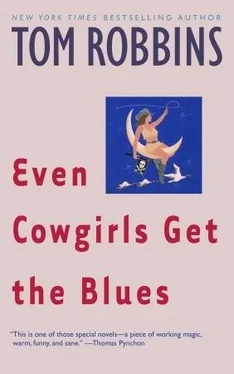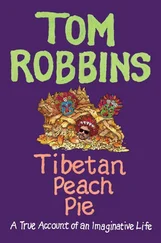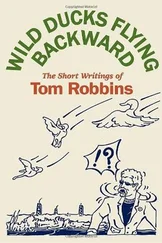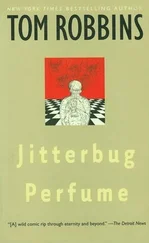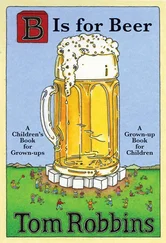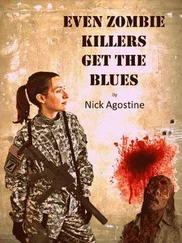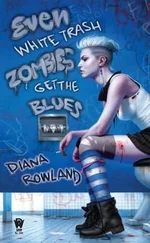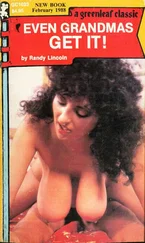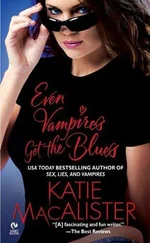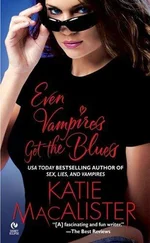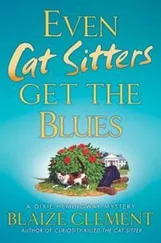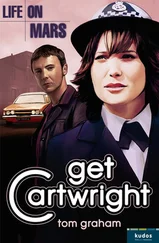From somewhere down the mountainside, there came the vibratory drumming of a grouse. It was precisely the sort of noise Sissy's anus might have made were it wired for sound. There was a time, her rectum chaste then except for the occasional probing finger, when Sissy had had a minimum of curiosity about the matters she and the old hermit now discussed; she had established, in motion, her relationship to the universe, and it was concrete and thrilling and whole; in gloriously articulated stops and starts she embodied its life/death rhythms and was one with them, riding high, riding free, riding out on the crazy edge of it All, scooping up with her own two thumbs life's ecstasy and its terror. Things change. Perhaps now that she no longer strongly felt the universe, she had to know the universe. Sissy asked another question.
“If I — if we Westerners dug back into our heritage, what would we find there? Something valuable? Something as rich as your Oriental inheritance? What would we find?”
“You'd find women, Sissy. And plants. Women and plants. Often in combination.
“Plants are powerful and harbor many secrets. Our lives are bound up with the plant world far more tightly than any of us might imagine. The Old Religion recognized the subtle superiorities of plant life; it tried to understand growing things and pay them their due. One of the most highly developed orders of the Old Religion, the Druids, took its name from the ancient Irish word druuid , the first syllable of which meant 'oak' and the second syllable, 'one who has knowledge.' So a druid was one who had knowledge about oak trees — and about the allegedly poisonous mistletoe that grows on oaks and that was sacred to the Druids.
“Every village in olden times had at least one Wise Woman. These ladies had profound expertise in botanical matters. Mushrooms and herbs were their intimates. They used plants to heal the body and to free the mind. These women, of course, were nurturers and nurses. Many of their herb remedies, such as digitalis (from foxglove) and atropine (from belladonna) are still in use today.
“Yes, if you scratch back past the Christian conquest into your true heritage, you will find women doing wondrous things. Women were not only the principal servants of the Old God, women were his mistresses, the power behind his pumpkin throne. Women controlled the Old Religion. It had few priests, many priestesses. There was no dogma; each priestess interpreted the religion in her own fashion. The Great Mother — creator and destroyer — instructed the Old God, was his mama, his wife, his daughter, his sister, his equal and ecstatic partner in the ongoing fuck.
“If you can look beyond Christianity, you will find legions of midwives, goddesses, sorceresses and Graces. You will find tenders of flocks, presiders over births, protectors of life. You will find dancers, naked or in greenery gowns. You will find women like the women of Gaul, tall, splendid, noble, arbiters of their people, instructors of their children, priestesses of Nature, the Celtic warrior queens. You will find the tolerant matriarchs of pagan Rome — what a contrast to the Caesars and Popes! You will find the Druid women, learned in astronomy and mathematics, engineering Stonehenge, the premium acme apex top-banana clockworks of its era, bar none.
“So there is plenty of treasure in your antiquity, if you could get at it. How it compares to mine is another matter. Maybe where it is lacking is in the realm of light. Buddha and Rama and Lao-tzu brought light into the world. Literal light. Jesus Christ also was a living manifestation of light, although by the time his teachings were exported into the West, Saint Paul had trimmed the wick, and Jesus' beam grew dimmer and dimmer until, around the fourth century, it went out altogether. Christianity doesn't even have any warmth left; it probably never was very calorific. The Old Religion, on the other hand, was profoundly warm. It decidedly was not lacking in heat. But it was a heat that generated very little light. It warmed every hair on the mammal body, every cell in the reproductive process, but it failed to switch on that golden G.E. bulb that hangs from the loftiest dome of the soul. There was enough pure sensual energy in the Old Religion that had it been directed toward enlightenment it surely would have carried its followers there. Unfortunately, it was subverted and enervated by Christianity before its warmth could be widely transformed into light. Maybe that's the path that needs to be completed, that's the logical goal for Western man. As individuals, of course; not in organized groups. And the United States of America is the logical place for the fires of paganism to be rebuilt — and transformed into light. Maybe. I could be wrong. But I can say for sure, there is plenty of treasure in your antiquity if you can get at it.”
“But we can't go back,” said Sissy. “We can't dwell in the past.”
“No, you can't. Technology shapes psyches as well as environments, and maybe the peoples of the West are too sophisticated, too permanently alienated from Nature to make extensive use of their pagan heritage. However, links can be established. Links must be established. To make contact with your past, to re-establish the broken continuity of your spiritual development, is not the same as a romantic, sentimental retreat into simpler, rustic lifestyles. To attempt to be a backwoods homesteader in an electronic technology may be as misguided as attempting to be Hindu when one is Anglo-Saxon. However, your race has lost many valuable things along the road of so-called progress and you need to go back and retrieve them. If nothing else, to discover where you've been may enable you to guess at where you're going.
“If anywhere. Ha ha ho ho and hee hee.”
Sissy lowered her arms and cradled her blond head in them. The Chink might be right, she thought. Her pre-Christian ancestry might bear looking into. Her race, the poor Scotch-Irish, had produced nothing of note, spiritually or materially, in modern times, but perhaps there had been a day. . Yes, it was worth investigating. But what of that part of her that was Indian; where did that fit in?
For as far back as she could remember, she had felt apart from her neighbors and kin. Oh Lord, South Richmond! There once was a neighborhood, its name was South Richmond, and it let numerous frame houses peel, fade and sag along its gritty streets. It allowed numerous cars — clunkers and junkers — to be parked in front of the houses, even though the cars dripped oil into the grit and even though they had to be pushed to get them started on frosty mornings, sometimes on warm mornings, too. What a constant puff and grunt and goddamn, pushing those cars! And South Richmond permitted numerous people to occupy the houses, even though the people chewed Juicy Fruit gum so hard they cracked the wallboards, and even though on Saturday nights husbands exhaled bourbon fumes through those cracks, and frequently, if the week had been mean enough in the cigarette factories or the unemployment lines, stuffed their wives' heads into those cracks, pin curlers and all. There once was a neighborhood called South Richmond, where women sported bruised jaws and men purchased bleacher seats for the stock car races and children never learned that James Joyce invented the tape recorder, that Scarlet O'Hara had a seventeen-inch waist or that the original Frankenstein monster spoke fluent French; a neighborhood where dogs and preachers whined and hillbilly vocalists sang mournfully of somebody running off with somebody else's little darling, and toy Confederate flags fluttered over everything and a girl grew thumbs so big they made rolls of baloney swoon in their casings, and she didn't care, because those thumbs meant that she was something her neighbors and kin were not, hallelujah.
Читать дальше
